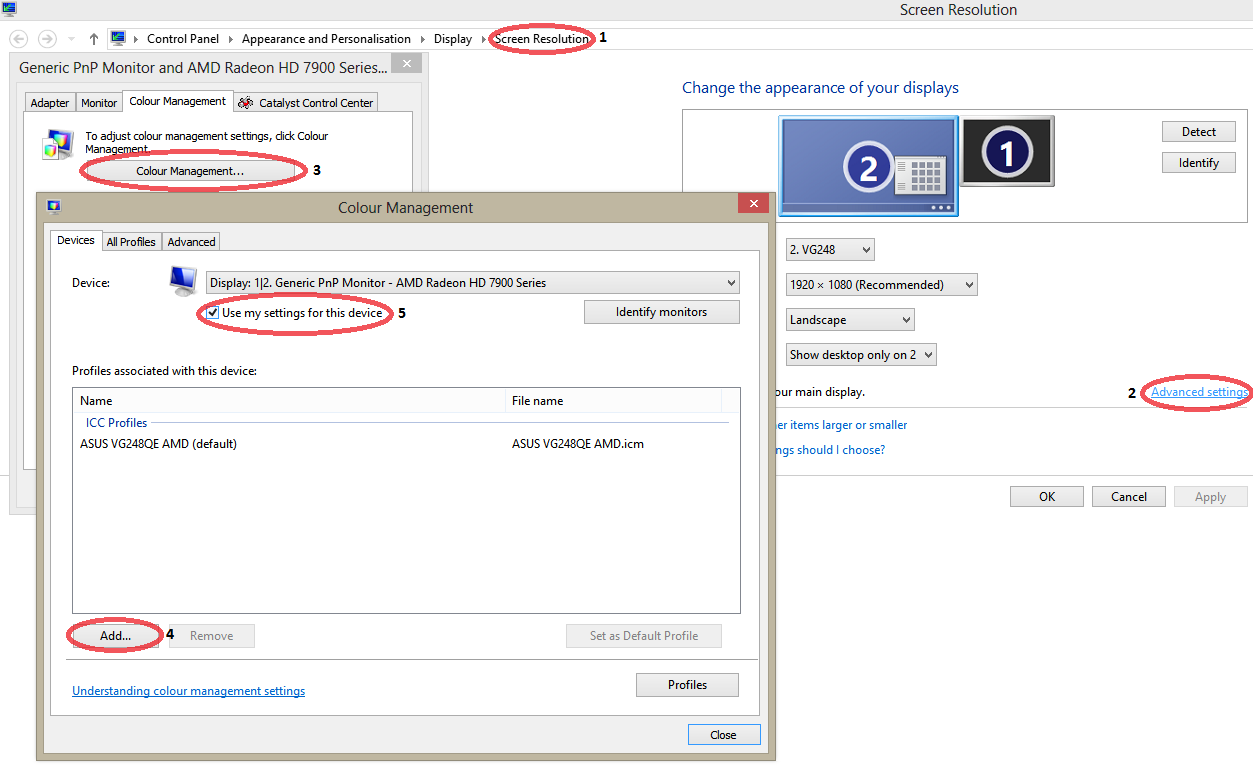

The two are so non-essential that hardware vendors often disable them by default.

Neither is essential to the day-to-day operation of the computer. Specifically, among other things, your computer needs to support Secure Boot and feature Trusted Platform Module (TPM) 2.0. One of the controversies about Windows 11 is its ridiculous hardware requirements. Proceed with caution, and try it on a device other than your main PC if possible.This post will walk you through detailed steps to perform an in-place Windows 11 installation or upgrade on unsupported hardware running Windows 10. It’s worth noting that following these steps could affect the performance or stability of Windows 11.

Give it the name ‘BypassTPMCheck’ and set its data to 1.Right-click the new key you’ve created and choose New > DWORD (32-bit) value.You’ll now be prompted to give it a name.In the address bar, type ‘HKEY_LOCAL_MACHINESYSTEMSetup’ and hit enter The Windows Registry Editor will now open.From this screen, hit Shift + F10 to open the Command Prompt window.If it doesn’t meet the hardware requirements, you’ll see a message saying ‘This PC can’t run Windows 11’.Head to the official Windows 11 download page to get the new OS now – there are three options to choose from.Microsoft will allow device manufacturers to disable the TPM requirement on their version of Windows 11 – you’ll be doing the same here: If that’s not something you’re comfortable with, it’s worth buying a device that is compatible with Windows 11 or continuing to use Windows 10 until it reaches end of support in October 2025.īut if you’re happy to proceed, here’s what you need to know. This method involves setting up a lab-like environment, and you’ll need to make changes to the Registry. How to get Windows 11 on an unsupported PC If you really don’t want to keep using Windows 10, here’s how to upgrade to Windows 11 manually. However, if it’s been running fine until this point, that’s unlikely to change.


 0 kommentar(er)
0 kommentar(er)
